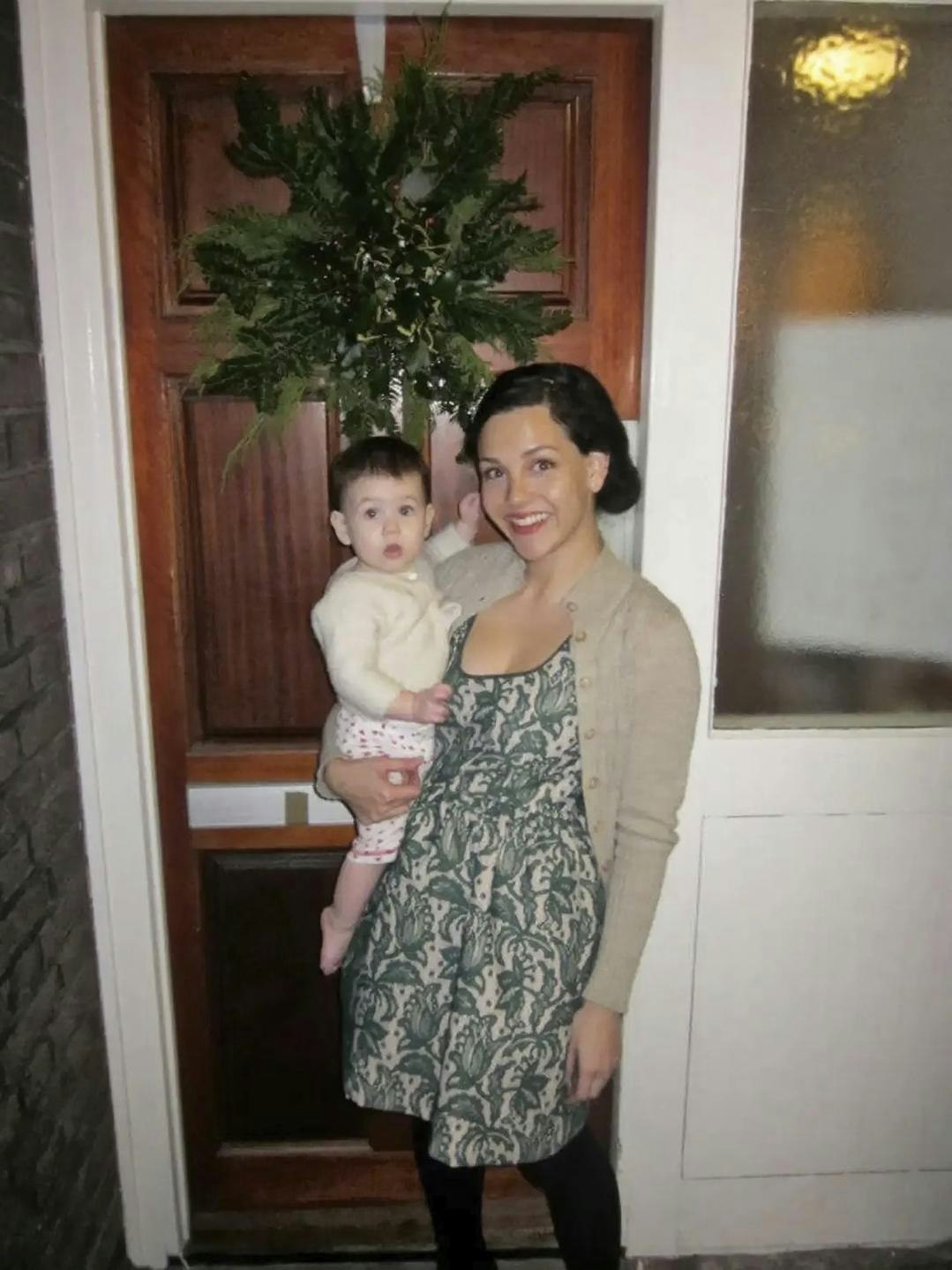This article is taken from the August-September 2025 issue of The Critic. To get the full magazine why not subscribe? Right now we’re offering five issues for just £25.
When I was in my early twenties, I moved into a 1930s council block near Aldgate East station. My father, who was helping me move, took one look at the dingy building and the loitering groups of Bangladeshi boys and declared, “We won’t let your mother visit.” Despite appearances, however, it had its advantages. I was sharing a flat in Zone 1 for £350 a month — something that scarcely seems imaginable these days.
For the next nearly 20 years, I lived in a variety of ex-council flats in Tower Hamlets and later Lewisham, first as a private tenant and then as a leaseholder. A combination of my meagre publishing salary and ambitious social life meant I had little money left for rent. In a council property, I could live cheaply and centrally.
Over the years, my neighbours were a mixture of council tenants, those who had bought their flats through Right to Buy, and people like us, renting privately-owned accommodation. Council tenants’ rent is drastically below market value, and priority is given to those most in need, which often means “recovering” drug addicts, single-parent families and recent immigrants.
There are more than a few stories about how the waiting lists are gamed to aid particular ethnic groups. Tower Hamlets was dominated by Bangladeshis, with pockets of white working-class residents wondering what the hell had happened.
At the first flat I lived in, there was an old lady called Rose who would try to get us to change the bandages on her feet. I always hurried past, but my flatmate Jenny would help. Later in Bethnal Green there was Cyril, who collared me and said it was nice to have some more white people moving in. I immediately thought, “what a horrible old racist,” and vowed never to speak to him again.
Back then, I didn’t pay much attention to my neighbours, I was too busy working and partying and very rarely in my flat, but this changed as I settled down. My wife got to know Cyril who turned out to be not so bad. He felt lonely and, like Rose, was lost in the new Bengali East End. His particular grievance was that the community centre had been converted into a mosque. It’s now called the Bishops Way Islamic Centre.
My wife, a Californian liberal, found the sheer number of veiled women in the streets alarming. They were usually carrying heavy shopping and walking a few paces behind their husbands. When she was out on her own, men would glare, mutter and one time even spat at her. The Bangladeshi man in the next-door flat, who spoke no English, would refuse to acknowledge us, though his wife, who spoke with a London accent, was friendly. She rarely left the building, and we used to hear her husband shouting at her at night.

Our block in Bethnal Green was truly diverse. Below us lived a gay Irish Methodist minister who invited us over to watch Eurovision, to the bafflement of my wife who had never heard of it before. Above us, an ever-rotating group of Latin Americans slept three to a room. Their plumbing would often leak into our flat until I paid out of my own pocket for a plumber to fix it. There was also a flat which housed addicts. It would regularly get trashed, then done up by the council at great expense, before someone else would move in and the cycle would start again.
One of the quirks of the system is that councils will sometimes rent privately owned ex-council properties, paying the full market price, to house tenants at subsidised rates. One such tenant lived next door to us in a low rise block in Lewisham, where we bought a flat in 2013.
She was a West Indian lady in her twenties with two young children. She would play her music at full volume, and when she wasn’t doing that, she’d be screaming at her children or down the phone. There were often men loitering outside her flat who would urinate in the front garden.
Once the police turned up in forensic suits, I assumed something to do with drugs. When I tried to find out what was going on, I was told it was none of my business. I replied that police raiding the next-door flat, dressed up like something from E.T., was definitely my business. Talking to other neighbours, it seemed like this particular flat had long housed problem tenants. To everyone’s relief, the troublesome lady was eventually evicted and the leaseholder, a lady in her forties, moved in with her daughter.
Despite her antisocial ways, I never thought the probable drug dealer would kill me, unlike another neighbour. Lewisham Council, for some reason, owned a large Victorian semi across the street. The property, near Blackheath, was worth millions. In it, the council housed a cantankerous Maltese man called Mario on the ground floor and a shy, bearded man in the flat above who worked wonders with the front garden. Surely no one with green fingers could be evil? One day he invited us over, and we discovered that his flat was stuffed with what can only be described as paedophile art of his own creation. Worse was to come.
It turned out that Ron (as I’m going to call him) was schizophrenic, smoked copious amounts of weed and would often go on alcoholic binges — an explosive combination.
After one episode, he dropped an axe down the stairs, narrowly missing his Maltese neighbour. Ron went to live with his parents but began to text (yes, I had stupidly given him my number) and call me every day. I changed my number. I should have called the police because a year later, the council, in its wisdom, moved out the Maltese man and moved Ron back in!
Apparently Mario had used homophobic language — a far worse crime than nearly killing someone. Ron began loitering outside our flat until Sue, a tiny single mother who was afraid of nothing, screamed that if he ever came near our flats or her boys, she would call the police. I watched my back after that.
Notwithstanding the potentially murderous man across the road and the criminal neighbour, Lewisham wasn’t a bad place to live. Our block had a number of old working-class people who were friendly. The rest of the street was largely middle-class and got smarter the nearer you got to the Heath. Lenny Henry lived at the top end. The local primary school in Blackheath was excellent. What eventually made us move was Lewisham Council — or rather Lewisham Homes, a quasi-autonomous body that managed the properties.
When you buy a council flat, you own the lease, but the local authority owns the building. Most plumbing is your responsibility, but the mains pipes are theirs. Often we had a plumber over who’d say, “I can’t touch that, it belongs to Lewisham.” Then the council plumber came and he’d say that it was our problem. We had so many different plumbers around to fix an overflowing water tank that we were thinking of throwing a Christmas party for them all.
One leaseholder complained the local council treated us as “cash cows”
The building looked as if the council had done no repairs for at least 20 years. Chunks of concrete would regularly fall off. We knew that major repairs were due when we bought in 2013, and then in 2019 came the estimated cost of repairs for each leaseholder: £20,000 — more than any of us could afford. Much of the cost came down to the council specifying expensive aluminium-framed windows, despite the fact that every flat had already replaced theirs with uPVC.
One leaseholder complained that the council treated us as “cash cows”. Getting explanations for the high charges meant dealing with a building company, Breyer Group, with an appalling reputation — check out all those one-star reviews on Google — which has since gone into administration.
There were fruitless meetings and phone calls with Breyer and obfuscating members of Lewisham Homes. Our only option was to sell, a process made complicated because it meant more dealing with the council.
We were all ready to exchange when we had a call from our solicitor asking if we had put an extension on our flat. How do you put an extension on a second-floor flat? It turned out that the plans which were drawn up when the flat was sold in the 1980s didn’t include our third bedroom. Back to the council we went.
I don’t think our experiences were in any way atypical. In fact, it could have been so much worse. Currently some council tenants and leaseholders in Hackney are refusing to pay service charges because of the appalling state of the buildings. At least the various places I lived in were fit for human habitation, even if you did run the risk of being brained by falling masonry.
Overall, we were lucky. We got to live in a beautiful street near Blackheath on the cheap, and we made money when we sold up. But the constant stress of dealing with the council was exhausting. We wanted a home that actually belonged to us.
Eventually, just before the repairs were due to start, we sold up, moved out to Kent and spent that strange lockdown summer of 2020 in a little Victorian terrace with our own garden — no murderous neighbours and, best of all, no Lewisham Council. Apart from the global pandemic, it felt blissful.












